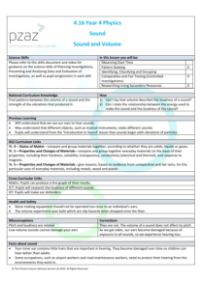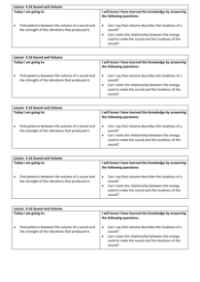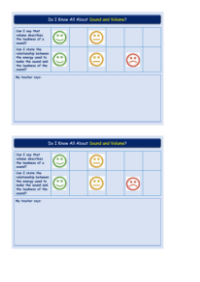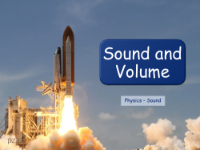Sound and Volume - Results Tables
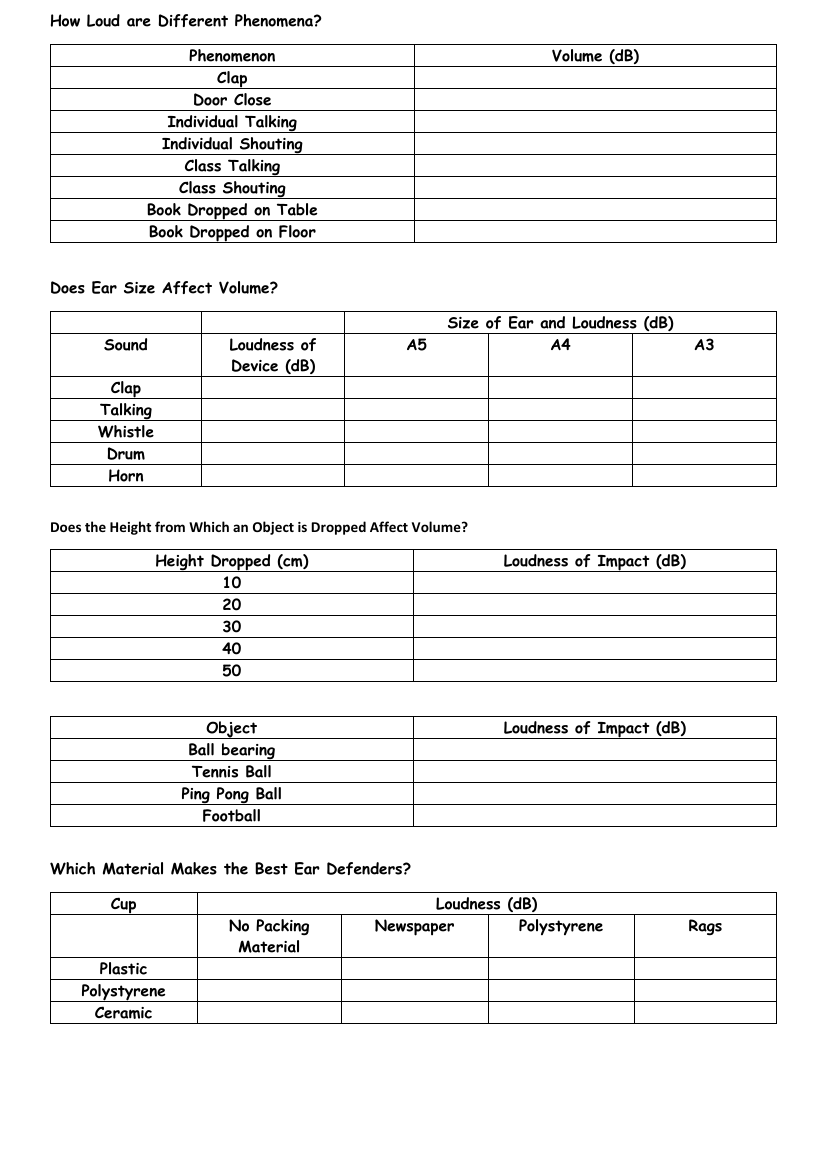
Science Resource Description
The investigation into sound and volume encompasses a variety of experiments designed to measure how loud different phenomena are. Through a series of structured activities, students are tasked with recording the volume in decibels (dB) of everyday occurrences such as clapping, a door closing, an individual talking or shouting, a class engaged in conversation or raising their voices, and the sound of a book being dropped onto a table or floor. These activities help students understand the varying levels of noise produced by common events and actions.
Further exploration into the science of sound includes experiments that question whether the size of one's ear affects the perceived volume of a noise, with recordings made for different ear sizes and various sounds like claps and horns. Another experiment investigates the impact of height on the loudness of an object being dropped, with measurements taken from different heights for objects such as a ball bearing, tennis ball, ping pong ball, and football. Additionally, students are encouraged to discover which materials make the best ear defenders by comparing the loudness experienced with different packing materials such as newspaper, polystyrene, and rags within cups. These practical activities not only engage students in scientific enquiry but also help them grasp the complexities of sound and its measurement.


